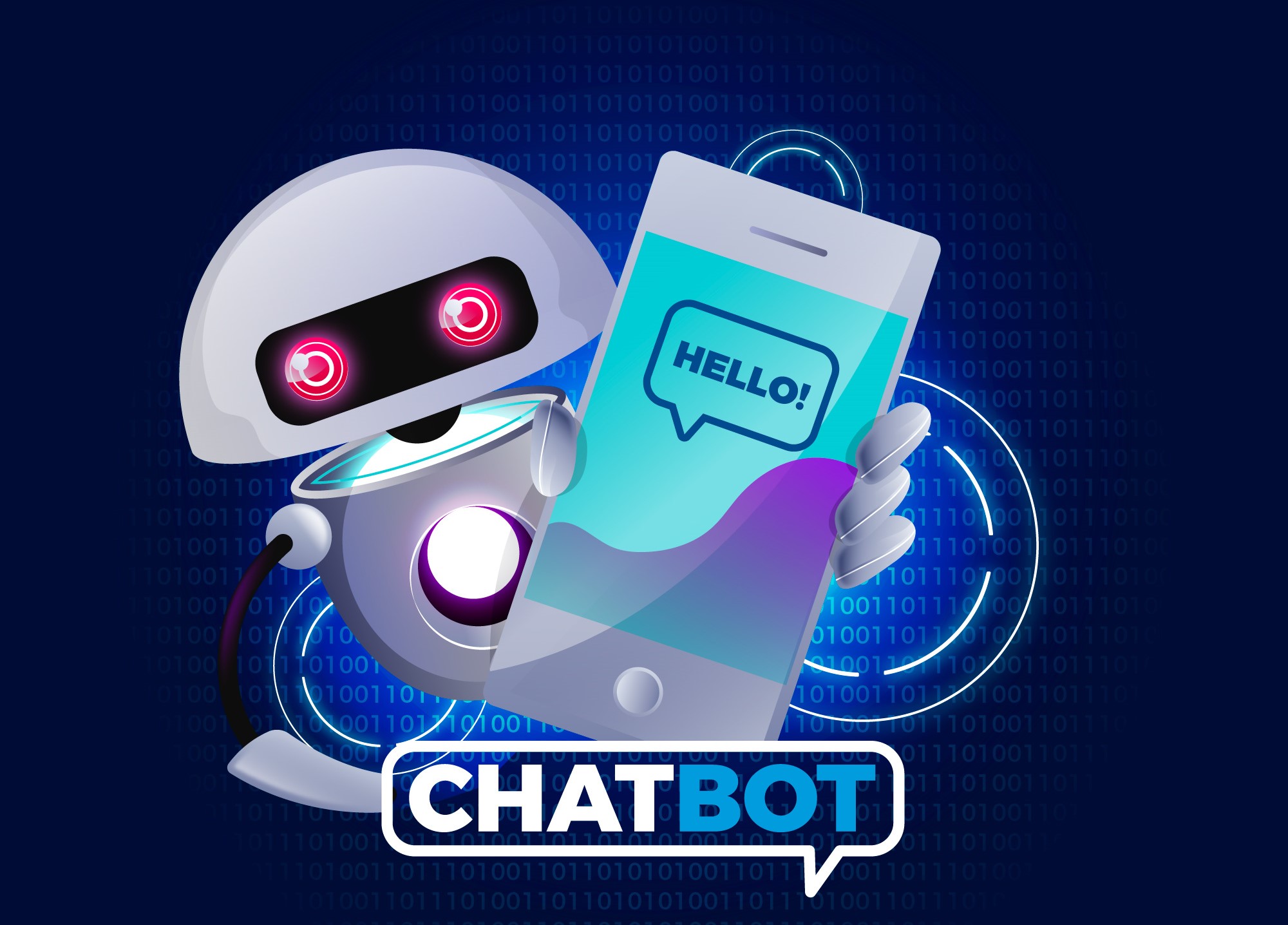Technologies Shaping the Future
New series about Computer, IOS & Android with AI Technologies New and Old Technologies
Our last post laid the foundation by exploring Computer Evolution Timeline. Now, we're adding another layer to our knowledge base with insights into Chatbot.
A chatbot is a software program that simulates natural discussion through text or voice interactions. It is suitable for many things, including marketing, customer service, entertainment, and training. Chatbots are essential in engaging communities by furnishing immediate and individualized responses, saving time and resources, guiding clients to relative information, and facilitating interactions among community peoples.
Making Chatbots
- With images: You can use drag-and-drop functionality and picture integration to create chatbots with visual interfaces utilizing platforms like Chatfuel.
- Costs Considerations:
- Cost-Free: Several open-source frameworks and platforms, including Rasa, Botpress, and Chatterbot, are available for creating chatbots without incurring any upfront costs. You may create simple rule-based chatbots on two free platforms: ManyChat and Chatfuel.
- Paid Solutions: Custom development or subscription fees are necessary for more complex AI-powered chatbots with sophisticated learning capabilities. Chatbot platforms such as Salesforce Einstein, Live Person, and Intercom provide sophisticated capabilities, analytics, and support.
Chatbot Types
- Rule Based: Reacts according to keywords and predefined rules.
- Voice assistants: For hands-free communication, use voice synthesis and recognition.
- AI-powered: Interprets user intent and adapts response based on machine learning and natural language processing.
- Voice assistants: For hands-free communication, use voice synthesis and recognition.
Purpose and Importance of Chatbots
Purpose:
Chatbots serve diverse purposes, but their core function revolves around:
- Supplying details and responding to inquiries
- Directing users through workflows and procedures.
- Generating information as well as user input.
- Automating some processes, such as ordering or making appointments.
Importance: They improve user experience, save time and resources, improve client engagement, and provide quick responses.
Why are they used?
Convenience: Chatbots provide 24/7 assistance, answering basic questions, resolving simple issues, and directing users to relevant resources.
Efficiency: They automate repetitive tasks, freeing raising human agents for more complex inquiries.
Personalization: Chatbots can tailor their responses based on user data, offering a more personalized experience.
Engagement: They can enhance user engagement through interactive interactions and information dissemination.
Community Engagement
Benefits: Chatbots can communicate with people in many different kinds of ways routes, such as games and quizzes, and provide immediate answers, personalized interactions, and data collection for feedback and improvement.
Marketing and sales: Chatbots can provide personalized recommendations, respond to product queries, and qualify leads.
Health Care: Chatbots can schedule appointments, deliver basic health information, and offer psychological support.
Education: Chatbots can respond to questions from students, act as virtual tutors, and provide recommendations for individualized learning.
Pros. & Cons.
Why are they necessary now?
Rising customer expectations: Today's consumers want assistance that is available right now.
Increased online presence: Companies must be where their customers are, and chatbots help them do so on digital channels.
Cost-effectiveness: Concerning conventional support channels, chatbots offer a more cost-effective way to address customer concerns Community Engagement:
Benefits: Chatbots can communicate with people in many different kinds of ways routes, such as games and quizzes, and provide immediate answers, personalized interactions, and data collection for feedback and improvement.
Increased online presence: Companies must be where their customers are, and chatbots help them do so on digital channels.
Cost-effectiveness: Concerning conventional support channels, chatbots offer a more cost-effective way to address customer concerns Community Engagement:
Benefits: Chatbots can communicate with people in many different kinds of ways routes, such as games and quizzes, and provide immediate answers, personalized interactions, and data collection for feedback and improvement.
In Conclusion, Chatbots are essential for keeping communities engaged because they offer prompt responses, direct users to relevant information, encourage member involvement, and enhance user experience collectively. Their employment encompasses a wide range of industries and objectives, and they face challenges related to benefits and execution.
#Chatbots #CustomerService #AI #Technology #Communication #Chatbot #AI #NLP #Automation #CustomerService #Technology #Business #MachineLearning #CustomerExperience #Advantages #Disadvantages #Development #CommunityUsage
The next part of "TSF" will be shared soon.....
Keep connected for more updates
Take care




%20(1300%20x%201300%20px).png)

It's a helpful article for me sir.
ReplyDelete